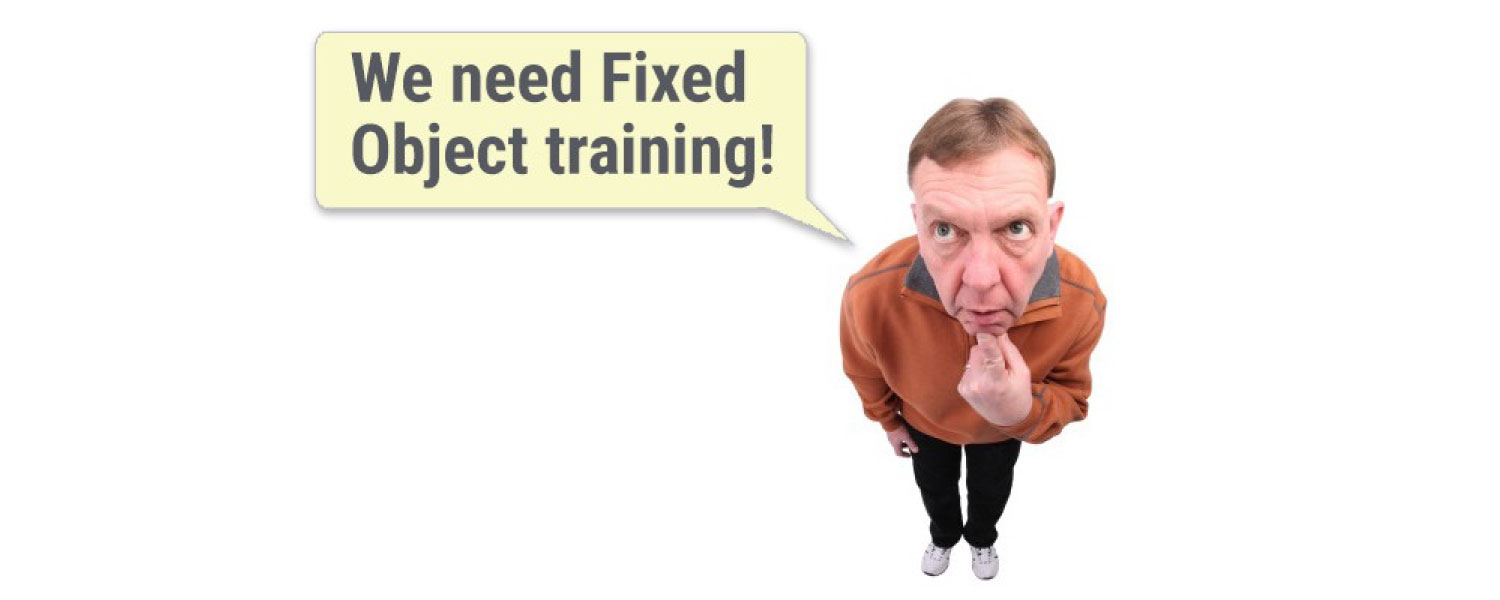
The behavioral approach to training, or why "avoiding fixed object collisions" isn't really a course
Mark Murrell
February 3, 2016
Yeah okay, it's not the most succinct title I've ever come up with. But it is a subject that drags a lot of people down rat holes so I think it's worth discussing.
Every couple of months we get a request from someone for a course on avoiding fixed object collisions. Usually we don't even get that much detail in the request, it's just "do you have a fixed object course?" but I know what they mean.
There are lots of 'fixed object' courses available in both classroom and online formats so I'm not surprised people ask. However, the reality is that there's no such thing as training to avoid fixed object collisions. This is a great example of people treating the symptom rather than the disease.
After a few of these requests I looked into it to see what the issues were. I'm not a driver or a fleet safety expert, so I have to do research to see what's behind the request. What I found is that fixed object collisions are either backing incidents, bad turns, or improper clearance, with the occasional rear-end incident popping up as well. They aren't a special class of collision on their own, just occasions where bad planning or execution combined with an existing structure to create a problem.
As such, they shouldn't be treated as a distinct entity with dedicated training. Instead, drivers should be trained to properly execute the specific maneuvers - backing, turning, etc. - regardless of whether other objects are present. If you train someone specifically to avoid a fixed object, are you saying it's okay to do the turn poorly if there's nothing in the way? Is it okay to do a terrible job backing as long as you don't hit something? Of course not.
So, the focus should be on performing the activity properly. Avoiding fixed object collisions when turning is really about making turns properly, which is a course on handling intersections, turns and curves. Similar story for backing.
Focusing on the behavior rather than the specific outcome of one situation leads to much better performance, and provides for a more effective training experience as well. Imagine the poor driver who got put into a "fixed objects" course and is trying to figure out why some of the content talks about turns, some talks about parking lots or loading docks, and some talks about low bridges - it's all over the map and not connected in any way that's meaningful. On the other hand, a course specifically about all the ins and outs of doing proper turns is going to make a lot more sense and the content will be way more sticky once it's over.
So, the moral of the story is to think about the behavior that needs to be changed rather than focusing too much on a specific outcome of that behavior. You'll get better results.